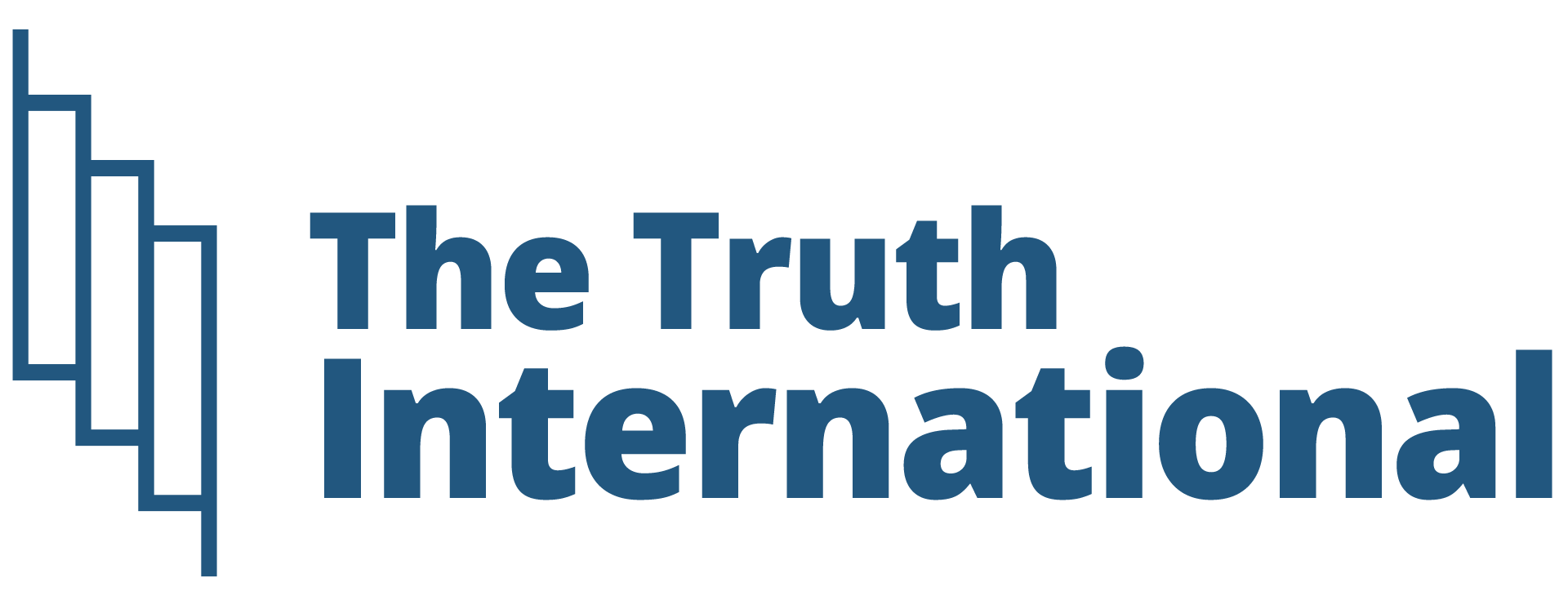ISLAMABAD: A recent World Bank report has contradicted the Pakistani government’s claims of a flourishing economy, revealing a stark increase in poverty across the country.
Despite the PML-N-led government’s repeated assertions in 2024 that the country’s economy was progressing, inflation was under control, and commodity prices were falling, the World Bank’s findings paint a much grimmer picture.
The report, titled “Poverty Projections for Pakistan,” highlights a concerning 7% rise in poverty in 2024. It states that the poverty rate in Pakistan has reached 25.3%, up from 18.3% in 2023. This alarming increase has pushed an additional 13 million people into poverty, exacerbating the struggles of the nation’s already vulnerable population.
The World Bank further emphasized that along with the rise in poverty, poor households are experiencing disproportionately greater welfare losses, pushing them even deeper into hardship.
The report also notes that before 2024, in 2019, 21.9% of Pakistan’s population lived below the national poverty line. However, the combined effects of the COVID-19 pandemic, devastating floods in 2022, and a macroeconomic crisis marked by record inflation have significantly worsened economic conditions, contributing to the current rise in poverty.
Additionally, the Pakistan Institute of Development Economics (PIDE) has also reported an increase in poverty, stating that the national poverty rate has risen from 38.6% to 39.5% over the past five years.
According to PIDE, Balochistan is the most severely affected province, with 70% of its population living below the poverty line. In Khyber Pakhtunkhwa, 48% of the population faces poverty, while Sindh has 45%, and Punjab, although comparatively better, still has 30% of its population below the poverty line.


